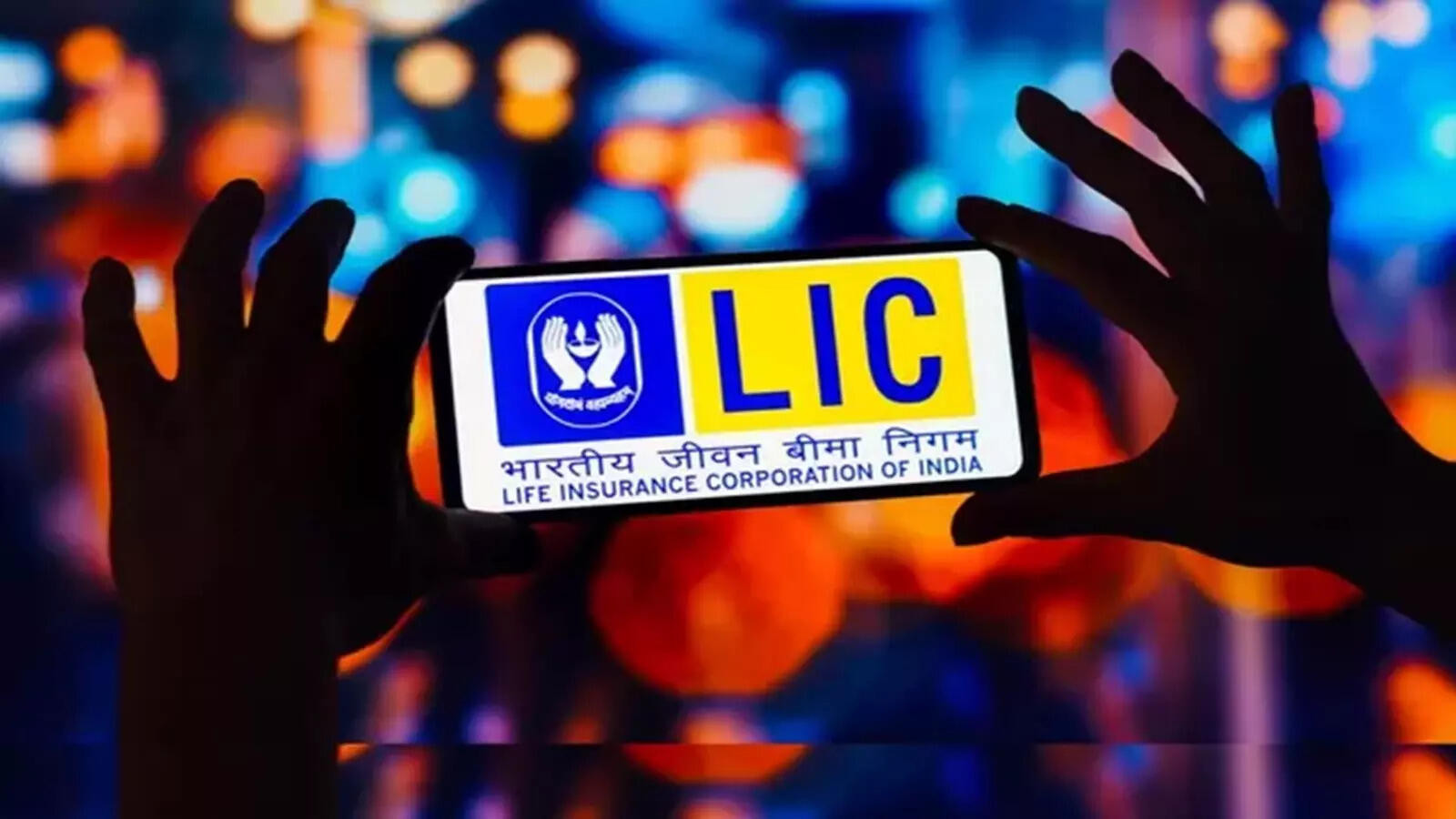LIC Doubles Down on SBI: A Bold Move or Calculated Play?
The financial world is buzzing, and for good reason. The Life Insurance Corporation of India (LIC), the country’s behemoth insurer, just splashed out a cool ₹5,000 crore (approximately $600 million USD) to participate in State Bank of India’s (SBI) ₹25,000 crore (around $3 billion USD) Qualified Institutional Placement (QIP). This isn’t just chump change; it’s a major vote of confidence in the nation’s largest public sector bank, and it begs the question: What’s behind this significant investment?
For those not steeped in finance lingo, a QIP is essentially a way for listed companies to raise funds by issuing shares to qualified institutional buyers – think mutual funds, insurance companies, and other large financial institutions – without having to go through the lengthy and complex process of a public offering. SBI’s QIP was highly anticipated, and LIC’s participation signals strong institutional demand for the bank’s stock.
But let’s dig deeper. Why would LIC, responsible for safeguarding the financial future of millions of policyholders, commit such a substantial sum to a single entity? Several factors likely played a role.
Why SBI? Understanding the Appeal
First, SBI isn’t just any bank. It’s a financial powerhouse with a massive network, a deep understanding of the Indian market, and a significant role in driving the country’s economic growth. The bank has been consistently improving its asset quality, streamlining operations, and embracing digital transformation. These improvements translate to better profitability and, ultimately, increased shareholder value.

Furthermore, the current economic climate is ripe for investment in the banking sector. With India’s economy on a strong growth trajectory, demand for credit is soaring, and banks like SBI are poised to benefit immensely. SBI is strategically positioned to capitalize on this upswing, particularly in areas like infrastructure financing and retail lending.
Finally, let’s not forget the power of synergy. LIC and SBI are both state-backed giants with a shared interest in India’s economic prosperity. A strong SBI strengthens the overall financial system, which, in turn, benefits LIC. This investment can be viewed as a strategic alliance designed to bolster the stability and growth of both institutions. You can read more about the relationship between insurance companies and the stock market on our other blog post about [investment strategies for insurance firms](internal-link-to-related-content).
LIC’s Investment Strategy and the Bigger Picture
This move also reflects LIC’s broader investment strategy, which involves diversifying its portfolio and seeking opportunities for long-term growth. While LIC has traditionally been a major investor in government bonds, it has been actively increasing its exposure to equities in recent years. Investing in a blue-chip company like SBI aligns perfectly with this strategy.
However, some analysts may raise questions about concentration risk. Investing such a large sum in a single stock, even one as prominent as SBI, inevitably increases the risk profile of LIC’s portfolio. Should SBI underperform, it could have a noticeable impact on LIC’s returns. It’s a gamble, albeit a calculated one.
The QIP attracted robust interest from various domestic and international investors, showcasing confidence in the Indian banking sector and SBI’s growth potential. The funds raised will undoubtedly bolster SBI’s capital base, enabling it to further expand its lending activities and fuel economic development across the country.
The long-term implications of this investment are yet to fully unfold. The stock market’s reaction to LIC’s investment has been positive, with SBI shares showing resilience. The real test will be how SBI utilizes these funds to drive growth and improve its financial performance in the coming years.
What This Means for the Future of Finance
LIC’s ₹5,000 crore investment in SBI’s QIP is more than just a financial transaction; it’s a statement. It reflects confidence in India’s economic future, the banking sector’s potential, and SBI’s ability to deliver long-term value. While risks are inherent in any investment, this move suggests that LIC is betting big on India’s growth story, and SBI is seen as a key player in that narrative. Only time will tell if this bet pays off, but it certainly sets the stage for an interesting chapter in the annals of Indian finance.







